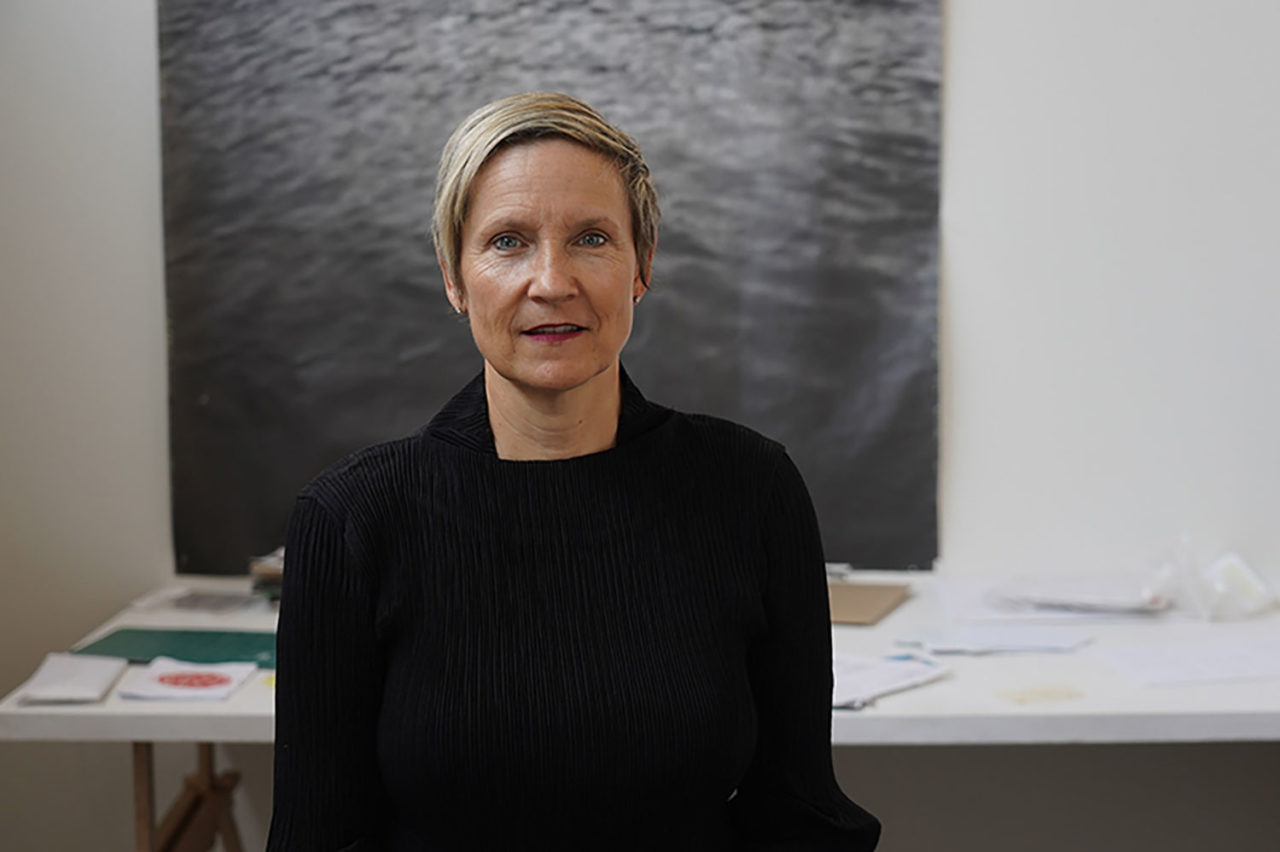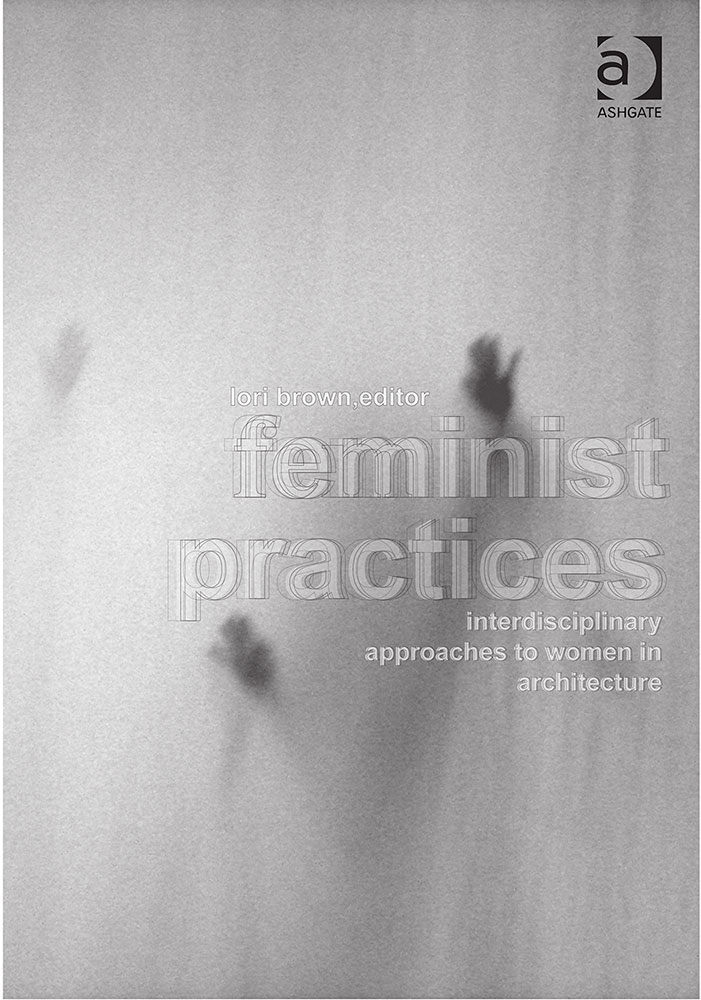by: AIA New York
Through design research, writing, and advocacy, Lori A. Brown, FAIA, Co-Founder, ArchiteXX, is transforming architecture into a more diverse discipline that responds to contemporary social and political conditions while raising awareness of women’s contributions to the built environment. Brown’s research focuses on relationships between architecture and social justice with particular emphasis on gender and its impact upon spatial relationships. She is the author of Feminist Practices: Interdisciplinary Approaches to Women in Architecture and Contested Spaces: Abortion Clinics, Women’s Shelters and Hospitals. Her current projects include Birthing Centers, Borders and Bodies and co-editing the Bloomsbury Global Encyclopedia of Women in Architecture 1960-2015 with Dr. Karen Burns. In addition to leading ArchiteXX, a New York-based equity organization for women in architecture, Brown is a Professor and Director of Diversity, Equity, and Inclusion at the School of Architecture Syracuse University.
This year, the Jury of Fellows of the AIA elevated Brown to its prestigious College of Fellows in the sixth category of Fellowship, which recognizes architects who have made efforts “To advance the science and art of planning and building by advancing the standards of architectural education and training,” according to the organization’s definition. Only three percent of the AIA’s membership is distinguished with Fellowship. Brown’s distinction was celebrated at the AIA Conference on Architecture in Chicago, and in two receptions at AIA New York’s Center for Architecture.
What are your thoughts on architectural education today?
I think there are many strengths to architectural education that prepare students to be able to engage an expanding array of disciplinarily-related types of work where our graduates visually and spatially excel. However, where we are failing not only our students but also the world, is in teaching future generations of architects about the climate crisis and evolving the discipline through education to become equipped to tackle all that this work requires. Education must seriously, I think radically, evolve to integrate this knowledge holistically within architectural education – it intersects with all aspect of what we do from the economic, political, social, to the cultural.
What do you see as an architect’s role—and responsibility—within our culture?
When you take a look around North America, there are a lot of terrible buildings, poor infrastructure, and countless spaces and regions in dire need of spatial improvement. These neglected areas illustrate what we as a society care about it. I believe the responsibility of architecture is to improve the built environment as broadly and expansively as possible. This means working in areas the discipline has ignored and for those who could benefit the most from our expertise. Given the immense challenges the world faces right now, architects should be collaborating with other disciplines to help solve these complex problems.
What are some of your favorite recent projects that you’ve worked on?
There are too many to write in the space given! But three immediately come to mind. With co-curators Sarah Rafson, Andrea Merrett and Roberta Washington, the ArchiteXX traveling exhibition Now What?! Advocacy, Activism & Alliances in American Architecture Since 1968 is now at the Boston Society of Architecture which is its final venue before we focus on creating a book from the four years it has been traveling. Another is the Bloomsbury Global Encyclopedia of Women in Architecture, 1960-2015 co-edited with Dr. Karen Burns to be published in 2023. This will be an incredibly exciting collection of women from around the world who have significantly contributed to the built environment in an expanded field of architectural practice. The third is the design for the public interface for the Alabama Women’s Center for Reproductive Rights in Huntsville, AL that has proven how can research directly translate into design.
What is influencing your work the most right now?
Because a majority of my time is dedicated to work for the encyclopedia project right now, I have been reading a lot of work by black, indigenous, and anti-racist scholars. This is providing invaluable insights into the ways women have forged avenues of practice around the world regardless, or in spite of, state and regional politics, cultural influences, and gender norms. The scholarship is also influencing my teaching, the spaces I cultivate in the classroom, the work I am engaged in as Director of Diversity, Equity and Inclusion in my school and at the university level engaged with the others across campus.
What are your greatest sources of inspiration?
One source is my students. Over the years, they have asked probing questions that have required I directly work to change the academy so their experiences will be different than my own. I also immensely appreciate that they refuse to accept the status quo which requires me to work harder. Another source of inspiration is the amazing collaborators I work with. They make all my work stronger, smarter, and more engaged. Internally, my inspiration comes from wanting to leave the world better than it was when I arrived. I know this is where the greatest source of my inspiration comes from and keeps me fighting and driving forward, refusing to stop.
Editors’ Note: This feature is part of a series celebrating the members of the American Institute of Architects (AIA) New York Chapter who are elevated each year to the AIA College of Fellows, an honor awarded to members who have made significant contributions to both the profession and society. Learn more about Fellowship here.













